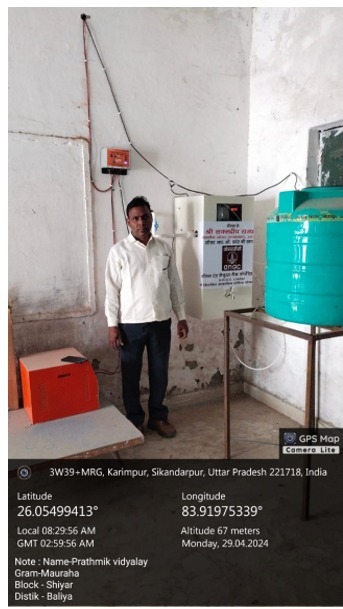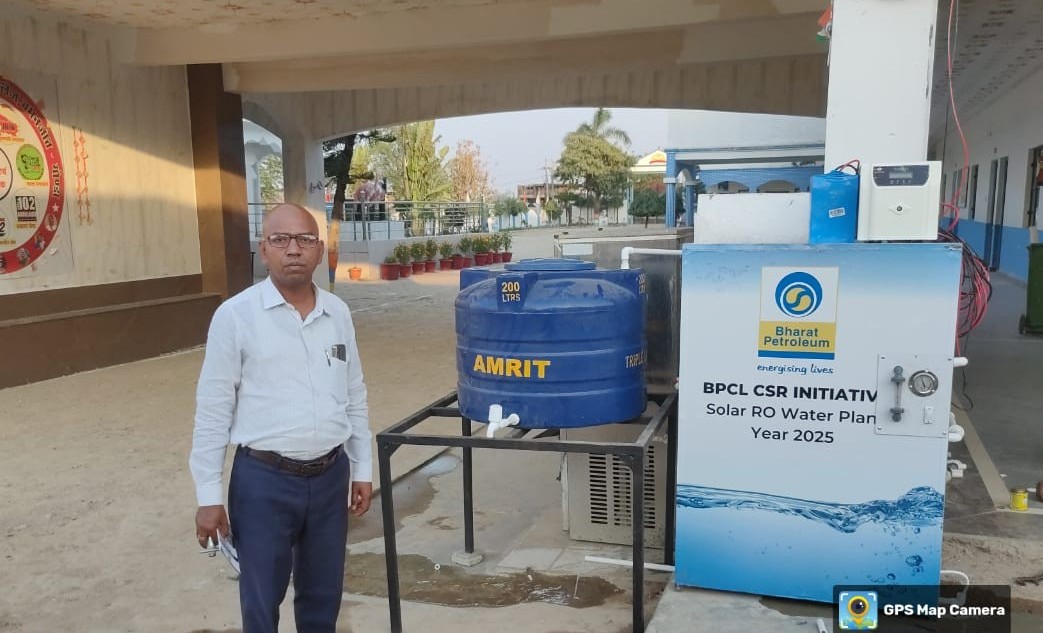Solar R.O. typically refers to Solar Reverse Osmosis systems. These systems combine solar energy with reverse osmosis (RO) technology to purify water, making it potable, even in remote areas where electricity might be scarce or expensive. Here’s an overview:
1. Solar Energy:
Solar panels are used to generate electricity from the sun's energy. This energy powers the reverse osmosis system, which is an advantage in areas with abundant sunlight but limited access to electricity from the grid.
2. Reverse Osmosis (RO) Technology:
Reverse osmosis is a water filtration process that removes contaminants by using a semi-permeable membrane. In this process:
Water is forced through a membrane that allows only clean water molecules to pass through, blocking contaminants like salts, bacteria, and chemicals.
The result is purified water suitable for drinking or other uses.
3. Combination of Solar & RO:
By combining solar power with RO technology, solar RO systems provide an environmentally friendly and cost-effective solution to water purification in off-grid locations. These systems are particularly useful in rural areas, islands, or developing countries where access to clean water and electricity is a challenge.
4. Advantages of Solar R.O. Systems:
Energy Independence: Solar-powered systems reduce dependency on grid electricity.
Cost-Effective: After the initial setup, solar power significantly lowers operating costs since sunlight is free.
Sustainability: Solar energy is clean and renewable, reducing the carbon footprint of water purification.
Portability: Solar R.O. systems can be portable, making them ideal for mobile or emergency water purification.
5. Applications:
Rural or off-grid communities
Disaster relief efforts
Remote industrial sites or camping areas
Areas facing water scarcity or high levels of contaminationIn essence, a Solar R.O. system is a sustainable, efficient way to provide clean, purified water in locations with limited access to electricity, especially in sunny regions.



